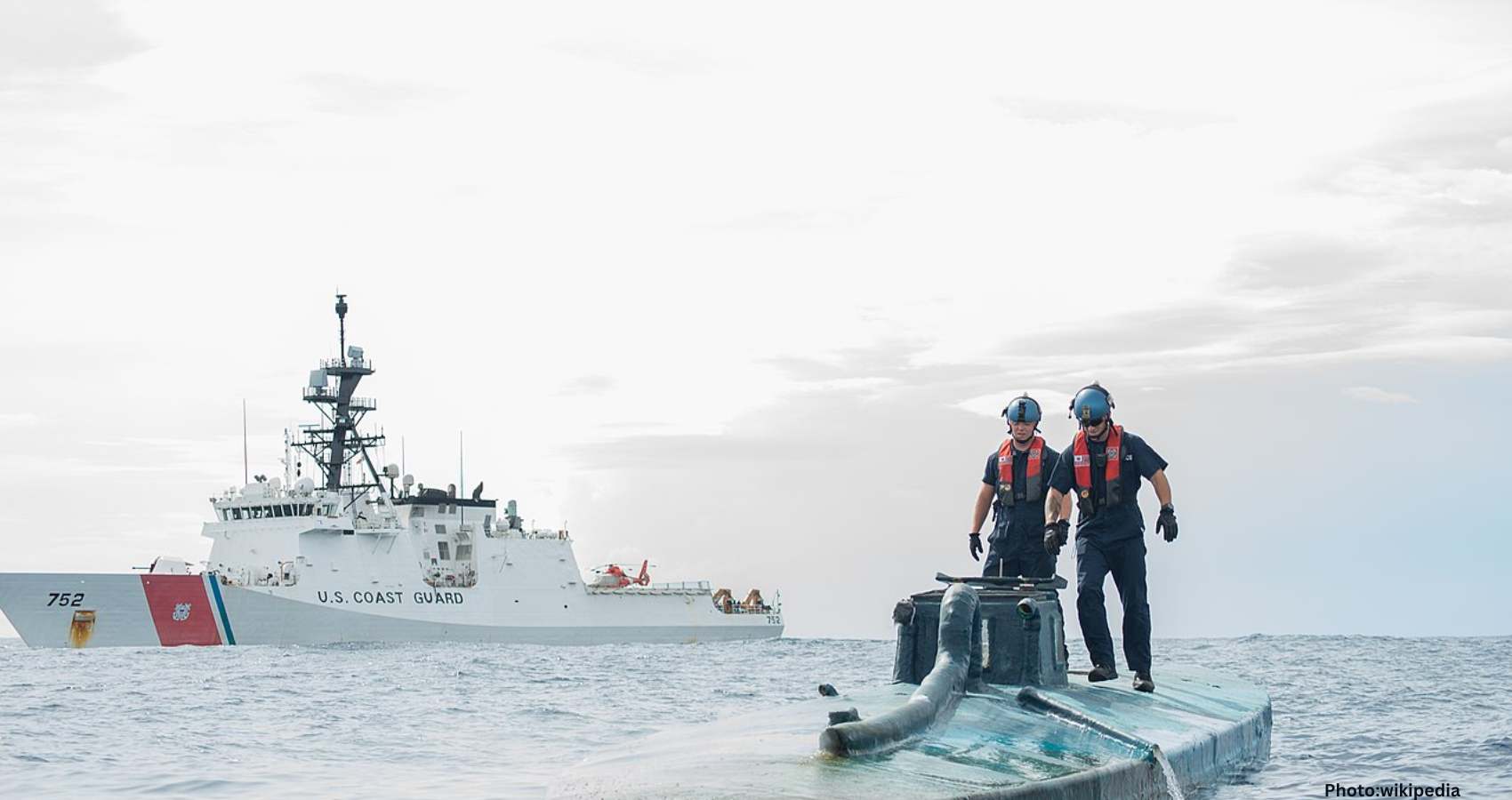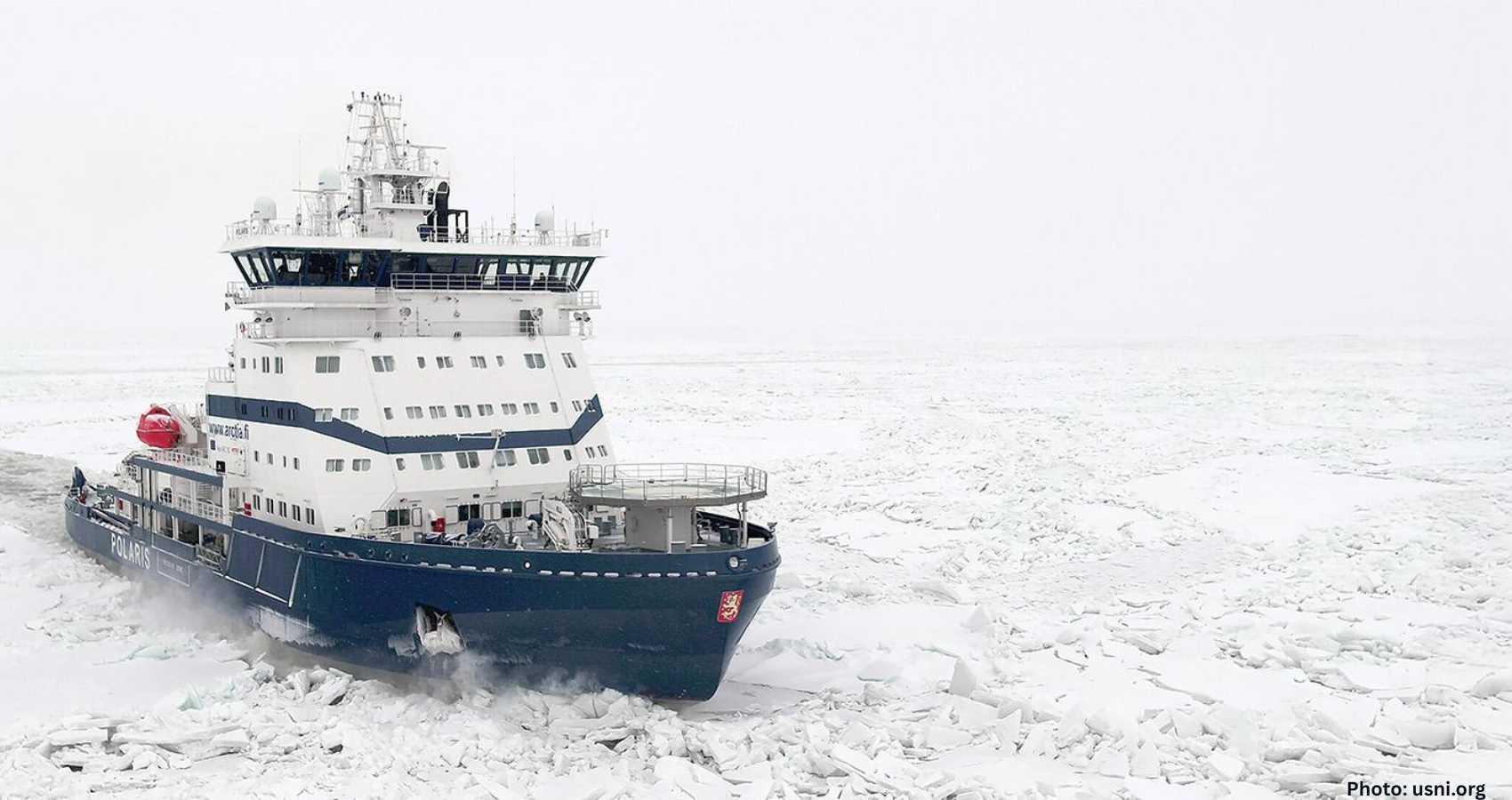Concerns over China’s history of stealing military technology fuel discussions regarding the potential sale of F-35 fighter jets to Saudi Arabia, according to military experts and retired commanders.
China’s ongoing efforts to acquire American military technology have become a significant concern in the debate surrounding the potential sale of F-35 fighter jets to Saudi Arabia. This issue has drawn the attention of military experts and retired senior commanders.
Retired General Charles Wald, a former U.S. Air Force officer and deputy commander of EUCOM, highlighted that the United States has already denied similar requests from the United Arab Emirates and Turkey due to fears of technology transfer to China. “We told Turkey they’re not going to get the F-35. We told the UAE they’re not going to get it because there’s concern that there could be a transfer of technology to China,” Wald stated. He emphasized that the primary concern regarding Saudi Arabia’s acquisition of the F-35 is not the likelihood of the Saudis directly sharing the technology with China, but rather the potential for Chinese intelligence to exploit the capabilities of the aircraft. “I’m not as worried as some,” Wald added during a recent briefing at JINSA.
China expert Gordon Chang echoed these concerns, asserting that Beijing has already demonstrated its ability to infiltrate U.S. defense programs and should be assumed to be targeting the F-35 once again. “We should assume China has everything already. They already stole the whole plane once. They probably did it again,” Chang remarked in an interview with Fox News Digital.
Chang argued that the U.S. must weigh the risks of technology theft against the strategic benefits of strengthening ties with Saudi Arabia. “We need to cement the relationship with the crown prince, especially if that helps him sign off on an Abraham Accord. Let him have stripped-down F-35s,” he suggested. He further expressed greater concern about other U.S. partners, stating, “I’m much more worried about South Korea having the plane and turning over the plans to China.”
Chinese intelligence services have long been implicated in efforts to acquire American military and aerospace technology, including stealth designs, propulsion systems, and advanced avionics. U.S. officials have previously linked Chinese cyber actors to thefts targeting key American defense programs, including components similar to those found in fifth-generation fighters.
In light of these concerns, the United States is currently considering Saudi Arabia’s request for the F-35 as part of a broader negotiation that includes defense assurances and potential diplomatic progress with Israel. Retired Lieutenant General Robert Ashley, former director of the Defense Intelligence Agency, noted that the U.S. employs foreign military sales monitoring protocols to mitigate risks, although these protections are not foolproof. “One of the things that we do through foreign military sales is end-use case monitoring protocol,” Ashley explained. “We watch very closely how these kinds of advanced systems are used … but they’re not absolute.”
Despite the potential threat posed by China, retired commanders have indicated that they do not believe a Saudi acquisition of the F-35 would compromise Israel’s qualitative military edge. Wald emphasized that Israeli pilots, planners, and engineers possess a superior level of training and innovation compared to their counterparts in other countries. “There’s a big difference between the Israeli actual pilot capability than the other countries out there,” Wald stated. He also noted that Israel has integrated its own upgrades into the F-35, enhancing its capabilities. “The Israelis modified their own F-35 a little bit … they created or developed [additional capabilities] just prior to the attack on Iran,” he added.
Wald pointed out that even if the sale is approved, Saudi Arabia would not receive the aircraft for several years. “At the very least, there’s probably about a five-year window here before that would happen if they got the F-35,” he said.
Both Ashley and Wald indicated that in the long run, additional F-35s in the region could improve shared situational awareness and bolster collective defenses against Iran. Retired Vice Admiral Mark Fox noted that the fighter’s data-sharing architecture means that having more aircraft in allied hands enhances overall performance. “The one thing about F-35 is it talks to every other F-35,” Fox explained. “Having more F-35s in the region actually increases the capability of the coalition.”
Source: Original article






